About two decades ago I realized that the only way I’d ever be able to defend myself is if I understood four things:
- What did I fear?
- How do I conquer those fears?
- How do ‘real’ attacks occur?
- And, how do I defend against those real attacks?
The “truth” I discovered was never in bigger muscles or accumulating techniques.
The truth—yours and mine—was in understanding behavior, psychology, biomechanics and violence.
Sounds so simple, right? So tell me, why has this obvious process eluded most defensive tactics instructors as well as virtually every self-defense and martial art system?
DT trainers must realize that it’s only during their class that an officer is supposed to learn how to protect himself and control a hostile subject. If that process fails, someone may die. If half the techniques taught don’t really work, then half the training time is wasted. And, sadly, most of what is taught doesn’t address the realities of serious, aggressive resistance, which is the only time an officer is in real danger. Many street tragedies could be avoided. Presumptuous training strategies and tactics are partly to blame.
Suffice it to say, there are problems with the training process. However, there’s a far bigger problem than the DT curriculum. The real problem is you, the officer.
Preparation Is Everything
Yes, the officer is responsible for many of these tragedies. Why? Because at the end of the day, it’s you and you alone responsible to make the call, to choose the level of force, to trust your instincts and your intuition. It’s your responsibility alone. During confrontations, responsibility must be read response/ability: one’s ability to respond.
As a professional police officer, you knowingly and deliberately place yourself in harms way to “serve and protect.” You must ask yourself some moral, ethical and legal questions regarding your preparation and response/ability. Do you feel confident to contain and control violence? What areas do you feel weak in—and why aren’t you developing those areas? Indifference isn’t a valid defense. Nor is ignorance.
Remember: The system, the research, the analysis and legal aid are only at your disposal AFTER the event. Until then you are in control (or supposed to be). Being an effective police officer goes beyond the oath and attitude. On judgment day you are either a warrior or a worrier. Preparation will decide.
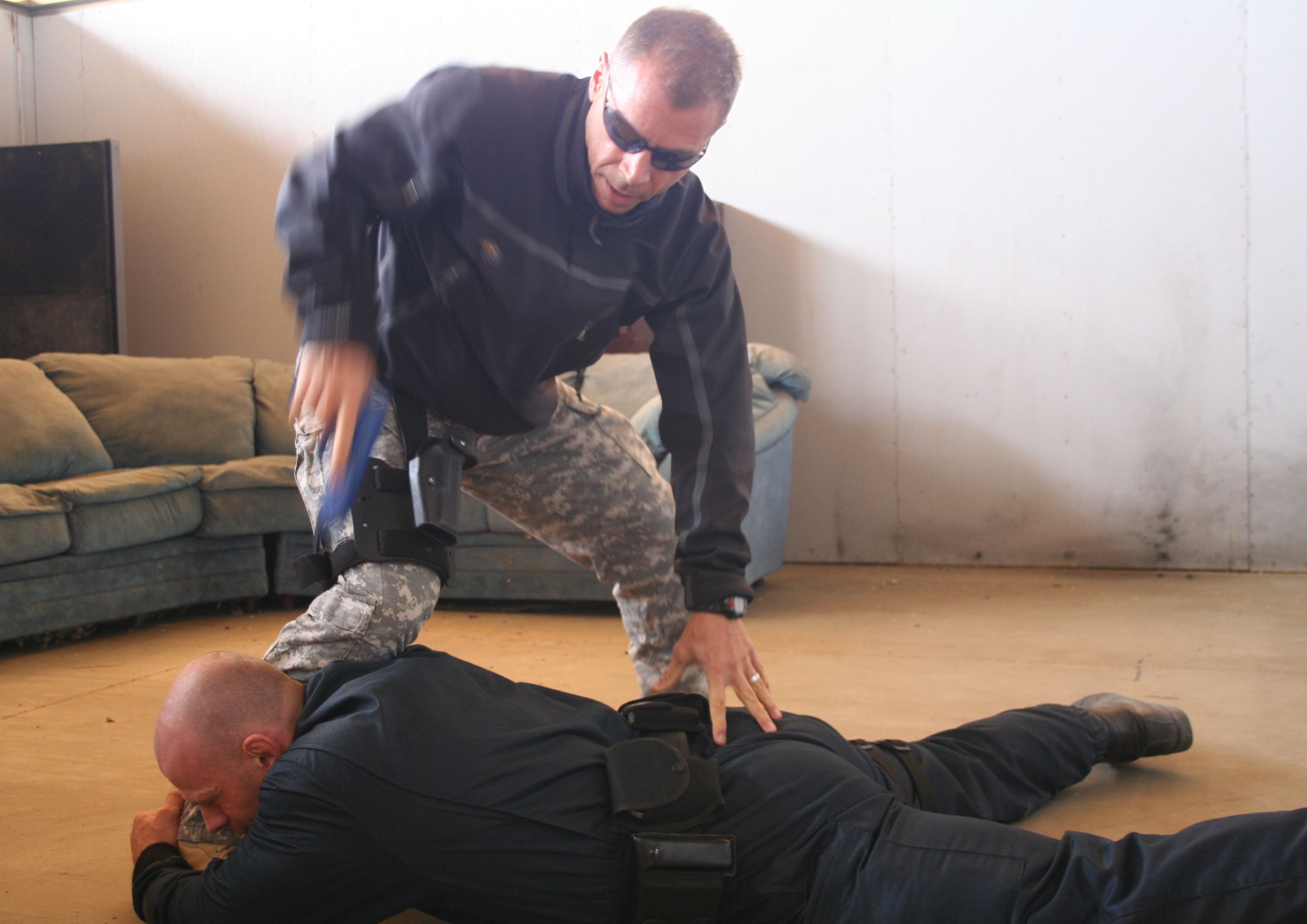
Does your training support sudden violent attack? An integral part of every officer’s training should include counter/ambush drills.
And what is preparation? It’s the truth filter you view your responsibilities through. And if that ability to respond is inadequate, deficient, delinquent, or insufficient—you fail. If you lose a confrontation, you may lose a court case, but perhaps you’ll lose your life. Preparation is about conscience and accountability. If you can’t motivate yourself to practice drawing and dry-firing or cuffing tactics or to work on verbal skills or do 10 finger tip pushups every morning and go for a run (you get the picture), then you aren’t responsible. Police work is dangerous. Period.
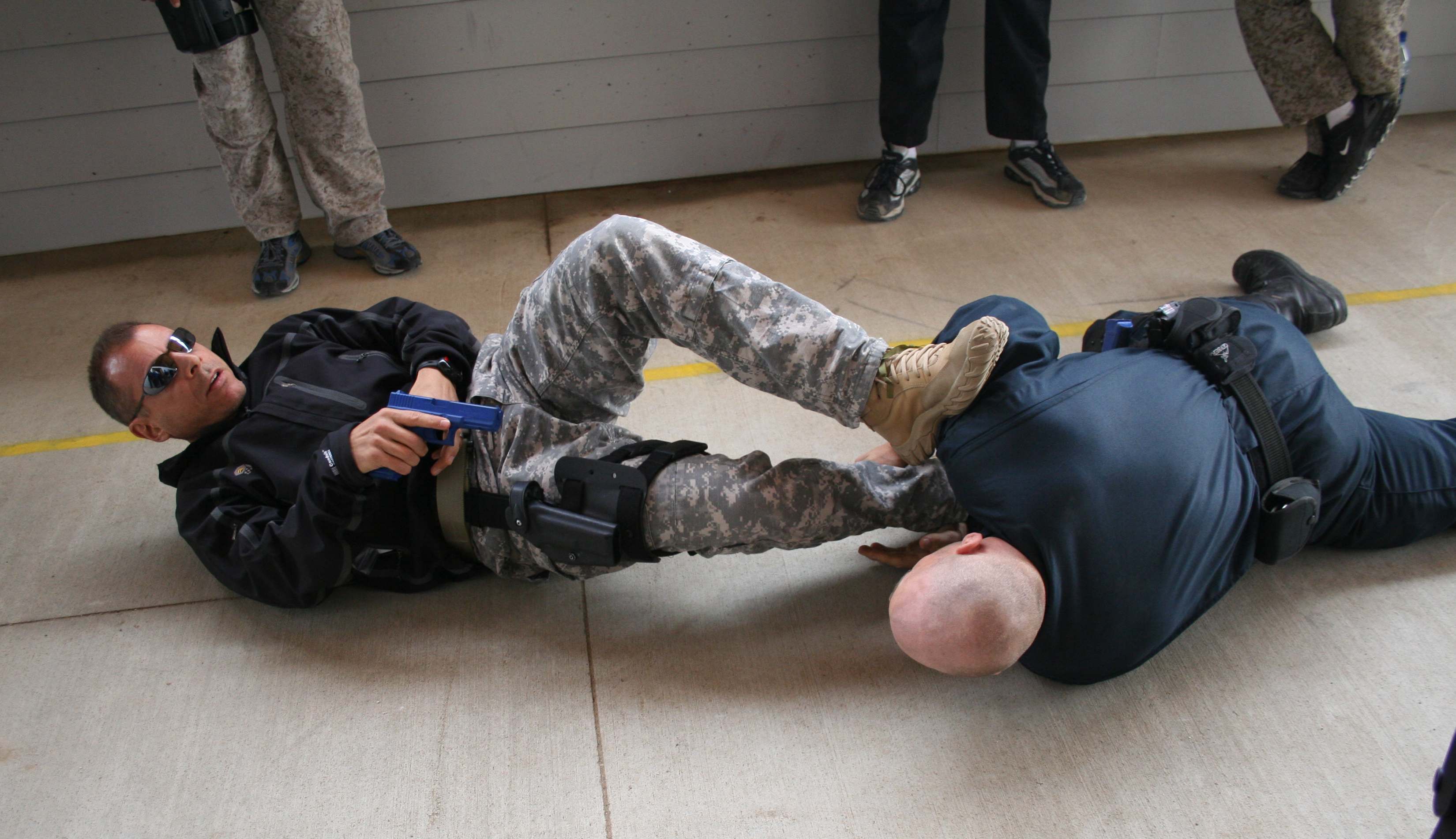
“Presumed Compliance” is the paradox every officer faces when they approach any suspect. Does your training prepare you for the sudden ambush? In photo 1, above left, I simulate approaching a proned suspect who suddenly attacks forcing a ground fight. Then in photo 2, above, I’m showing a simple gross-motor response resulting from being forced to the ground that keeps me safe and the combative suspect at bay.
Coach Bear Bryant said, “The will to win compares little with the will to prepare to win.” In my 17 years of professional teaching I have observed lots of ‘will to win,’ but rarely do I see the requisite preparation to match the attitude.
How many in-service officers do you know who continue to train for survival—close-quarter skills, weapon retention, hands-on knife controls, contact simulations, verbal de-escalation strategies, etc.? If you think the academy DT program is all you ever need, plus the occasional seminar, forget it. It’s not enough. In fact, it’s never enough. It takes a microsecond of doubt or hesitation to change your life forever in combat.
How can you ensure your survival? You can’t. But you sure can enhance it. And it starts with a major paradigm shift, a real attitude adjustment. It starts when you can recognize ‘presumed compliance’.
Presumed Compliance, Defined
Presumed Compliance is a key component to the “Behavioral Defensive Tactics” TM program. It’s the pervasive mind-set that predisposes an officer to fail, or, at a minimum, succeed under duress and with friction.
During every confrontation, there’s a sequential relationship between predator and prey that transcends technique. Training must address this behavioral truth.
There are three distinct arsenals required for real survival training: the powerful synergistic qualities of the 1) emotional, 2) psychological and 3) biomechanical arsenals. To understand the totality of the concept one must first appreciate its three-dimensional integrity. Simply put: How you think (psychological) determines how you feel (emotional). This in turn will illicit a complex biomechanical response. Naturally, how you think, feel and behave will affect your choices (strategy) and your performance (tactical skill). The truth is that your thoughts and behavior will either enhance or encumber your tactical options. The mind navigates the body.
Society has helped to create the presumed compliance frame of mind. Stereotyped images of authority figures possessing knowledge and power are pounded into our minds from birth. So why would it be different when you finally earn the right to wear the badge? All of the manuals and SOP doctrines imply your successful control of every situation. You have the theoretical force-option continuum. You have backup and other tools at your disposal. But nowhere does the training address fear management strategies or behavioral tactics to influence systematic de-escalation or even a street-smart approach to defensive tactics (everything works when it’s choreographed).
Ask yourself this: Did you survive your last physical confrontation because you were better trained than your opponent? Or did you control it because your opponent lacked training? Reflect on that. There’s a huge difference.
Conclusion
Survival training is not complicated. The “truth” is rather simple, but will require a paradigm shift, which may be difficult for a community that notoriously waits for a tragedy to change SOPs and tactics. Real fighting—street survival—has little to do with a technique, martial arts or finesse. Street survival training is about attitude, preparation and integrity during training. Learn to discern fact from fantasy. Commit to the truth and pursue excellence.
You must live with what you do and don’t do. The truth is in the training. Do you need skills that work against a compliant cooperative subject or an aggressive resister? At the end of the day, it is your response/ability that determines the choices you make.
For the complete, original PDF of “Presumed Compliance,” click here.






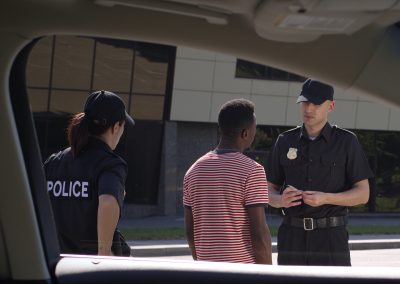
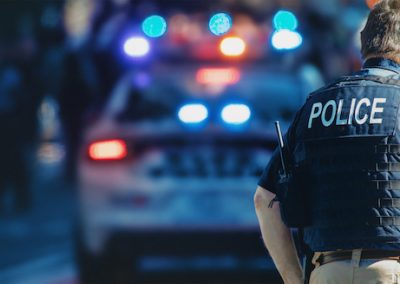
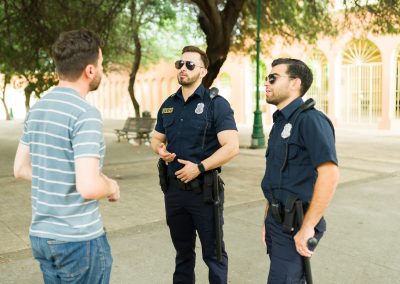
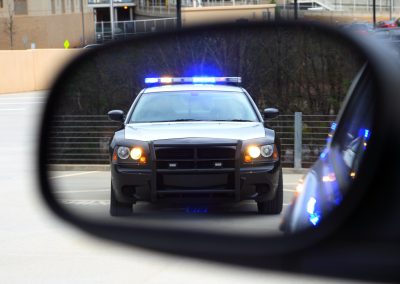
0 Comments